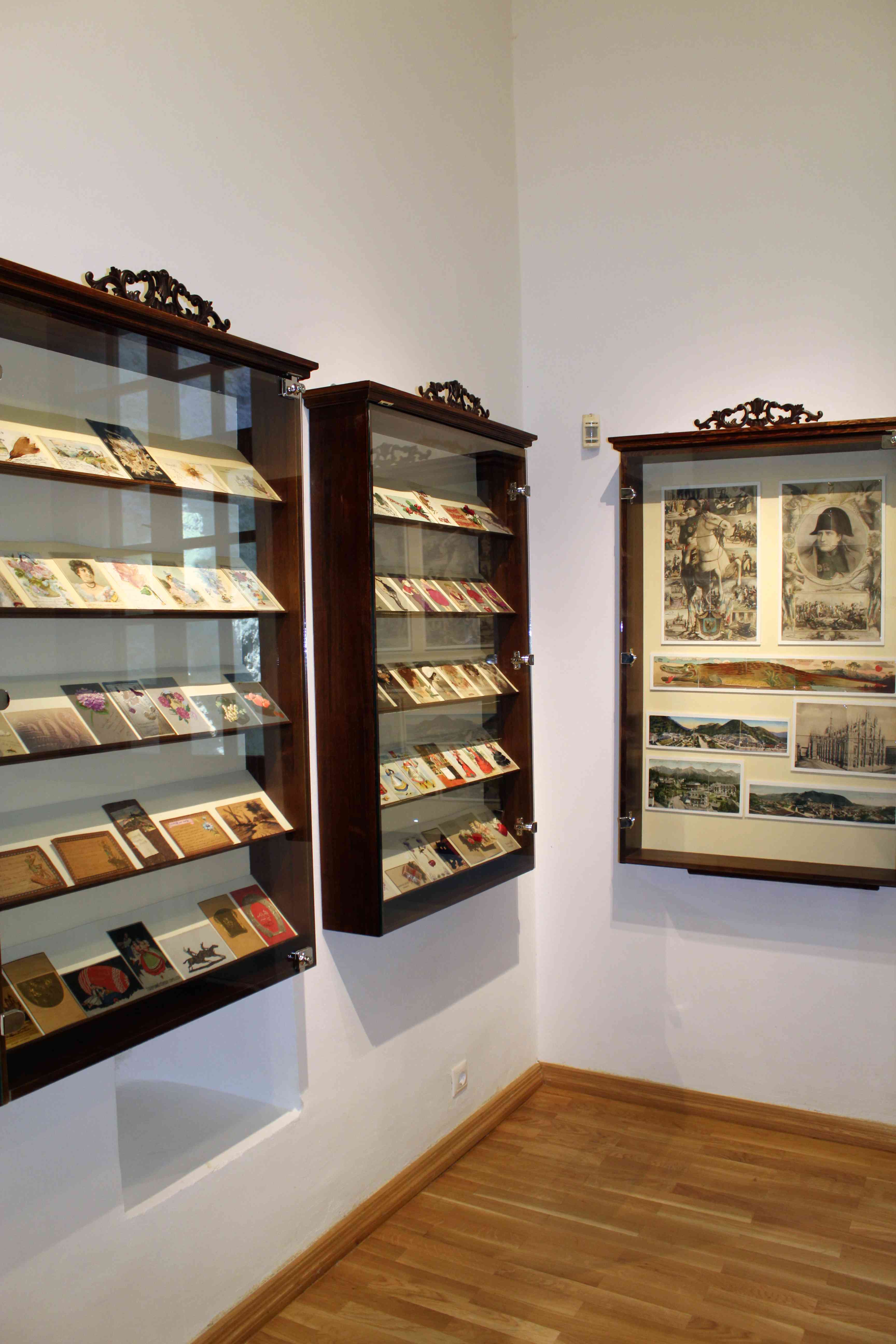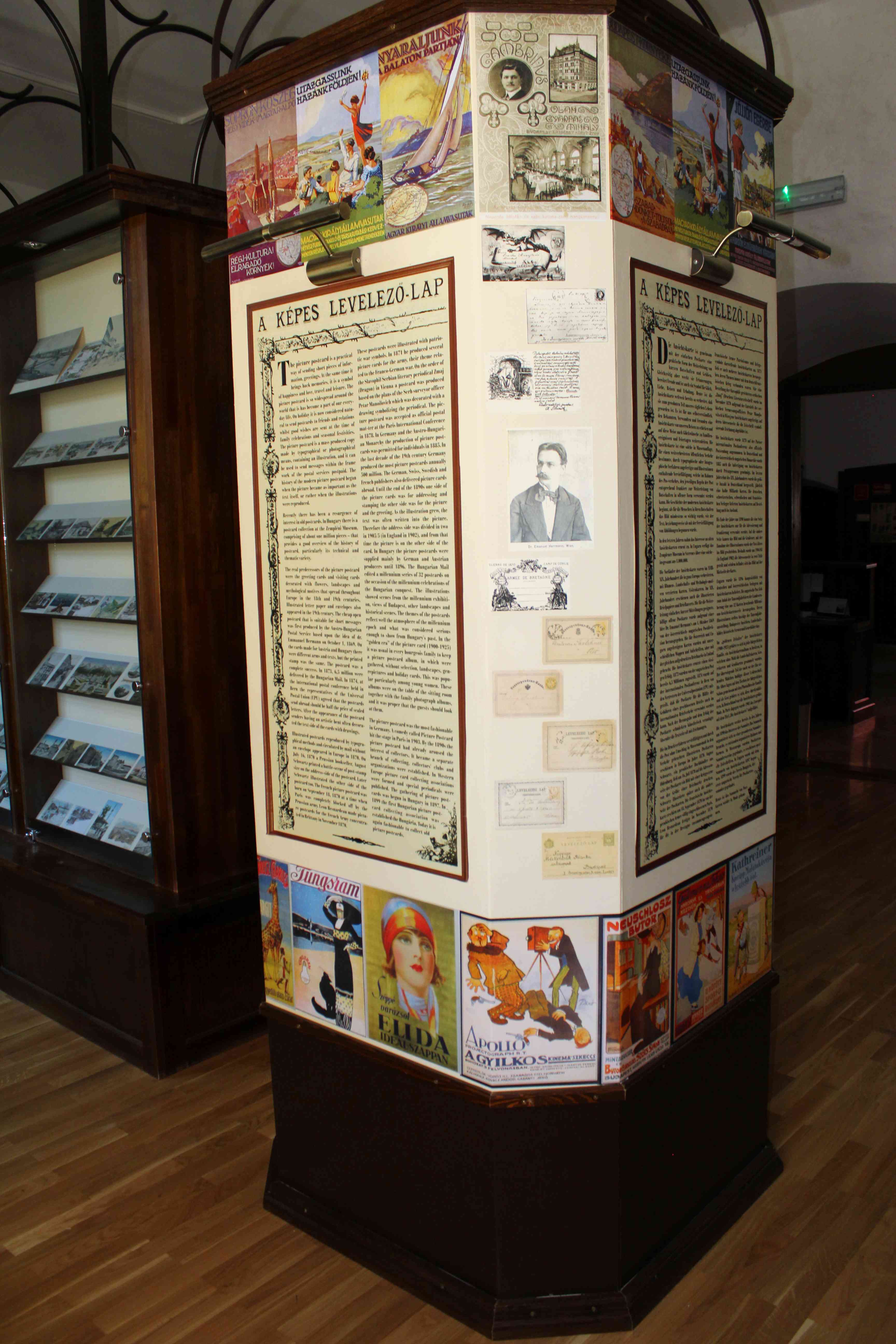 The postcard collection of the Zemplén Museum in Szerencs was founded by the donation of dr. Petrikovits László dentist and doctor. By the time of the donation there were four-hundred thousand pieces, since then the collection grew, and nowadays it counts a significant amount of approx. one million cards.
The postcard collection of the Zemplén Museum in Szerencs was founded by the donation of dr. Petrikovits László dentist and doctor. By the time of the donation there were four-hundred thousand pieces, since then the collection grew, and nowadays it counts a significant amount of approx. one million cards.
Dr. Petrikovits donated his famous collection on the second hungarian meeting of the postcard collectors in Szerencs, with the condition, that the town founds a museum of this pieces, and they don't move it from Szerencs. Dr. Petrikovits László was a well-known art collector, he also had other significant objects beside his postcard collection, but after the 1950s he focused more on this collection.
Not only was he very successful in increasing the number of postcards in his posession, but he also created a way to categorize the cards, which we use – with slight modifications – to this day in the museum. Based on this system, we have five big catergories of postcards: geographical; thematical; greeting cards; cards, which depict fine arts; and cards created with a special technique.
The most valuable cards, in which the researchers are most interested, are the geographical cards. These depict landscapes, cityscapes, individual buildings of towns and citys. There are two big groups in this category: the cards published before and after 1945 are handled separately. The geographical cards are collected by continents, countries, settlements in alphabetic order. In the group of the card published before 1945, we made an individual group containing the settlements of the historical Hungary (see: treaty of Trianon). The material about big cities is in thematical order (for ex. streets, squares, institutes, statues, mosaic cards, panorama pictures, and so on). This system, and an additional catalog make it easy to conduct research on the collection.
The genre of the thematic cards was primarily at the beginning of the history of the postcard popular. The postcard hat a very important tool in the mass communication at this time, so every significant and sometimes not so significant event was depicted on the cards. Very rich thematics specify this collection, it is almost impossible to name all the events on the postcards.
The most important depict:
- history
- different events (exhibitions, fares, fires, earthquakes, catastrophic events)
- economy (agriculture, industry, traffic)
- ethnography (foreign, hungarian – regions, settlements, specific works - ploughing, sowing, vintage, embroidering, and so on)
- natural sciences (animals, in the collection in groups by species, plants, caves, mines)
- famous people (writers, poets, composers, actors).
The most produced postcards are the greeting cards, that play an important role in the social intercourse. It became a habit to send greetings on postcards to friends and family members on church holidays (christmas, easter, Whitsun) and namedays. In this part of the collection you can find the postcards in groups of new year-, christmas-, easter-, Whitsun- and nameday cards. In these groups the individual motives are collected separately.
The postcards depicting fine arts are collected in two groups, in one group we find the cards that are art themselves.
Our visitors like the postcards, created with special a technique the most. In this part of the collection not the message or the picture is the most important on the card, but the way, it was created. The publishing companies relied on the techniques, printing could offer at that time, and created very unique cards. Postcards designed with relief printing were very frequent, and there were other cards, that made it possible to step out of the 2D surface of a normal card. The so called 3D postcards had two pages, and if the adressee opened it, he saw different figures emerging. There were postcards created, that were not made of traditional paper. We know about postcards made of deerskin, birchbark, pinetree, aluminium- or copperplates. Postcards were very often decorated with different materials. Cards with stickers, embroiderings, silk, pearldust, lace, mirrors, human hair, and textiles were popular. These were individually created by the sender, but postcards with living flowers were produced, and sold in shops. By the turn of the century there were new techniques introduced in the printing of postcards. The so called hold to light postcards showed two pictures, the owner could see a different depiction if he held the card to a lightsource. Many of these postcards had for ex. buildings on them from the inside and outside, or a difference between day and night.
The postcard is a normal good created in massproduction at the time of its publication, but time passes, and it's making the object rare and valuable. The postcard is different, than any other object, because it preserves more than anything else from the visuality of its time, and furthermore it also conserves the ideas, experiences of its sender. It is truly worthy of being preserved.


